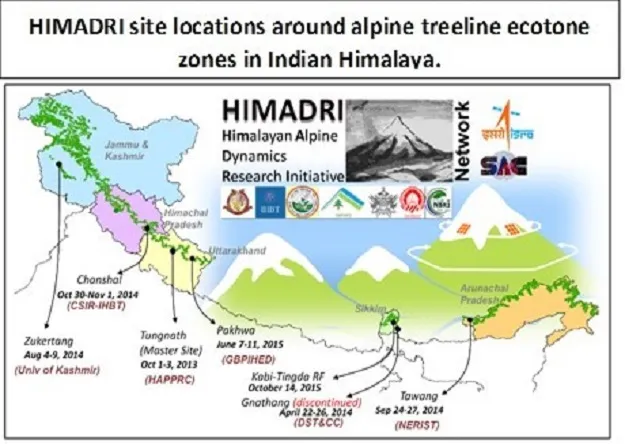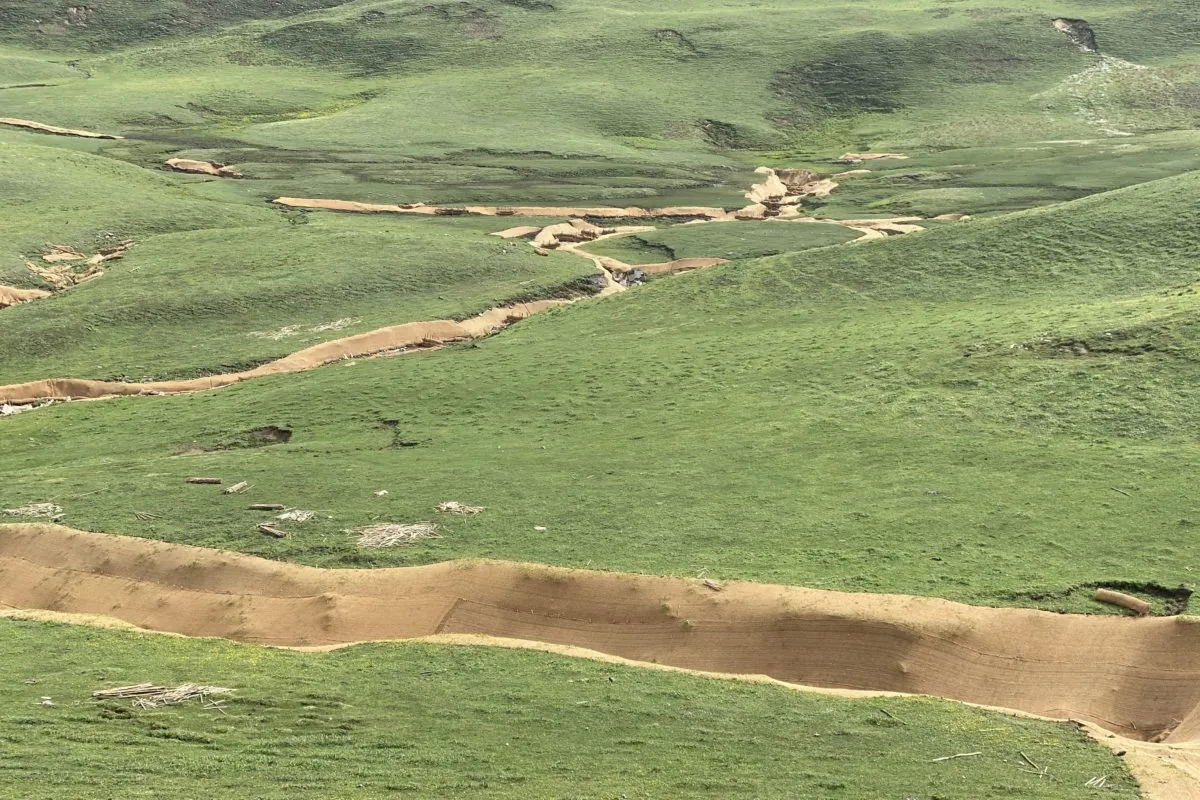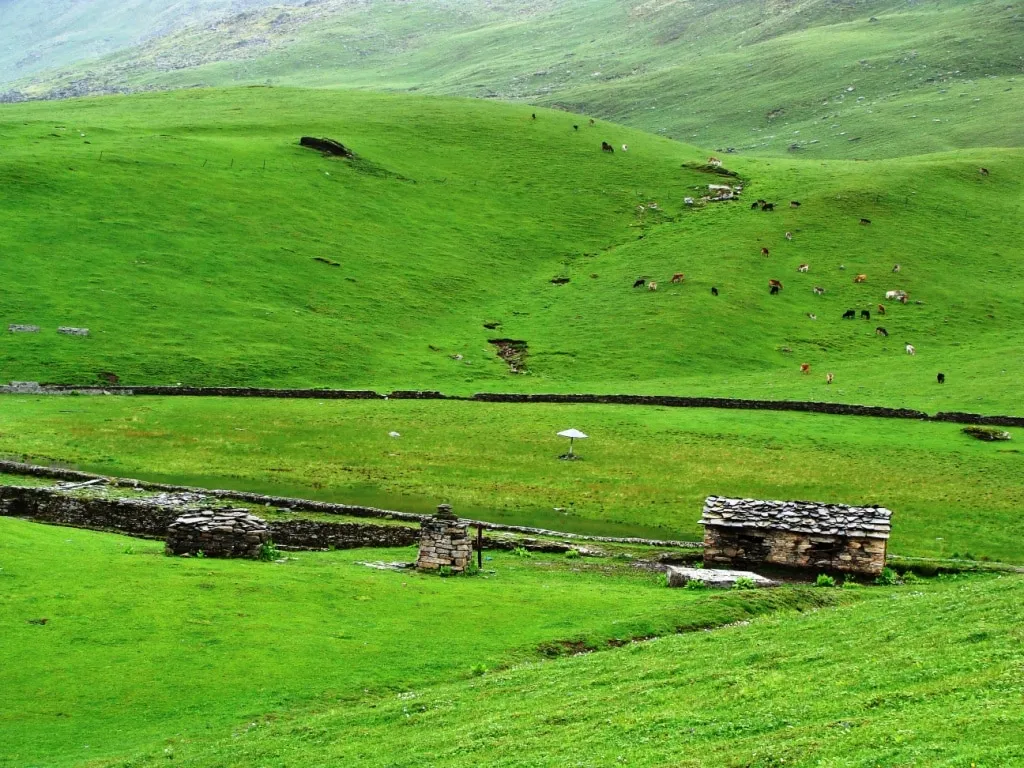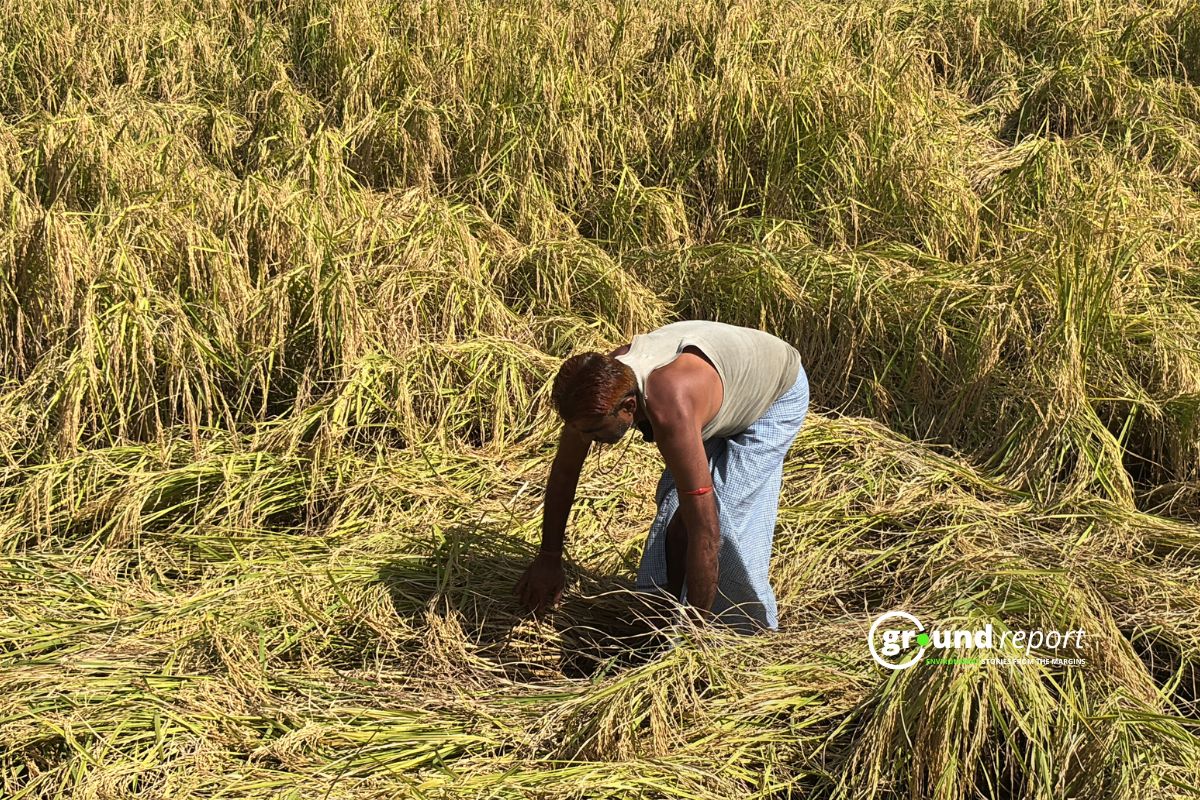Treeline in Himalayas: Tree-line is the highest altitude in which a tree can grow. Beyond the treeline, plants can’t grow because of the environmental condition. This usually due to cold temperature, regular snow. The treeline is approximately 300 to 1000 metres below the snow line.
As we go higher in the altitude we can see the height of plants starts to decrease. And limited amounts of fauna can grow in those areas. Density of trees also decreases as we go towards the end of the treeline.


Himalayan Treeline
The Himalayan treelines are relatively species-rich, largely because of variations in precipitation, topography, continentality, and cultural factors. Himalayan treeline runs in a zigzag pattern, usually between 3000 to 4900 metres.
There are many kinds of treelines like Dessert, Arctic, Antarctic. The one found in the Himalayas is called Alpine treeline. Alpine treeline is the buffer zone between forest below and alpine tundra above.
In total 58 species of trees are found in the alpine treeline of himalayas. They belong to 14 genera and 8 families. The dominant genera in terms of geographical distribution are Juniperus, Abies, Rhododendron, and Betula.
Climate Change & Advancing Treeline
Crisis by climate change is now recognised by everyone. Shrinking of glaciers is the major impact of climate change. Loss of glaciers is the major threat to the ecosystem where they are present.
Melting of glaciers in Himalayan region directly affects the alpine treeline and alpine meadows below.
Recent studies have shown that climate change is affecting the treeline in the Himalayas. Plants are starting to grow in even higher altitudes. Treeline is advancing to higher elevation towards the snowline.
Increasing temperature and change in rainfall pattern are the major reasons for this change.
A study was conducted in Sikkim between 1977 and 2015 and it was noticed that the treeline shifted upwards. It was noticed that the average temperature rise was 0.93 degree celsius. Annual rainfall in those areas where the study was conducted between 597-1790 mm in 2015.
Disappearing bugyals
In Uttarakhand because of advance in treeline, bugyals are in danger. Bugyal are the meadows found between 3000m to 4500m. During winters they are covered with snow and by summer they have scenic flowers and grass.

Two studies conducted in the Nanda devi biosphere reported unprecedented advancement of treeline more than 300 m in recent decades; these results, however, have been criticised as unreliable due to methodological shortcomings.
This biodiversity rich habitat in the Himalayan region is under threat. Bugyals are home to several endemic species. Herbs like Indian aconite or Atis, spikenard muskroot or Jatamansi , Salampanja or Hathazari, Kutki, smooth angelica or Chippi, and the caterpillar fungus cordyceps or Yartsa Gunbu (keeda jadi) are found in these alpine meadows.
Beside these plants bugyals are also home to Snow leopards, Himalayan blue sheeps or bharals and Himalayan marmots or kiangs. These meadows are the grazing ground of wild and domestic animals. Growing of trees in the meadows is threatening to the flora and fauna as well as the glaciers.

Himalayan leopards which are just 500 in number and are on the verge of extinction. Growing of trees in these bugyal can be compared to growing of trees in a polyhouse or greenhouse. Plants grow inside polyhouse as the temperature is higher than outside.
Conclusion
The mean annual temperature in the area has increased by 1.3–1.7 °C in the last century. As a result mountain ranges that have ancient and protected forests on alpine slopes are shifting upwards. Continuous upward expansion of the treeline would be at the expense of meadow and shrub species and radically change this high-mountain ecosystem with its endemic flora.
Shifting the treeline upward is the result of an increase in temperature and melting of glaciers. Shifting of treeline will further result in increase in global temperature and melting of glaciers. Isn’t it an interesting plot for a Christopher Nolan movie?
Support us to keep independent environmental journalism alive in India.
Keep Reading
The costliest water from Narmada is putting a financial burden on Indore
Indore’s Ramsar site Sirpur has an STP constructed almost on the lake
Indore Reviving Historic Lakes to Combat Water Crisis, Hurdles Remain
Indore’s residential society saves Rs 5 lakh a month, through rainwater harvesting
Follow Ground Report on X, Instagram and Facebook for environmental and underreported stories from the margins. Give us feedback on our email id greport2018@gmail.com.
Don’t forget to Subscribe to our weekly newsletter, Join our community on WhatsApp, and Follow our YouTube Channel for video stories.









